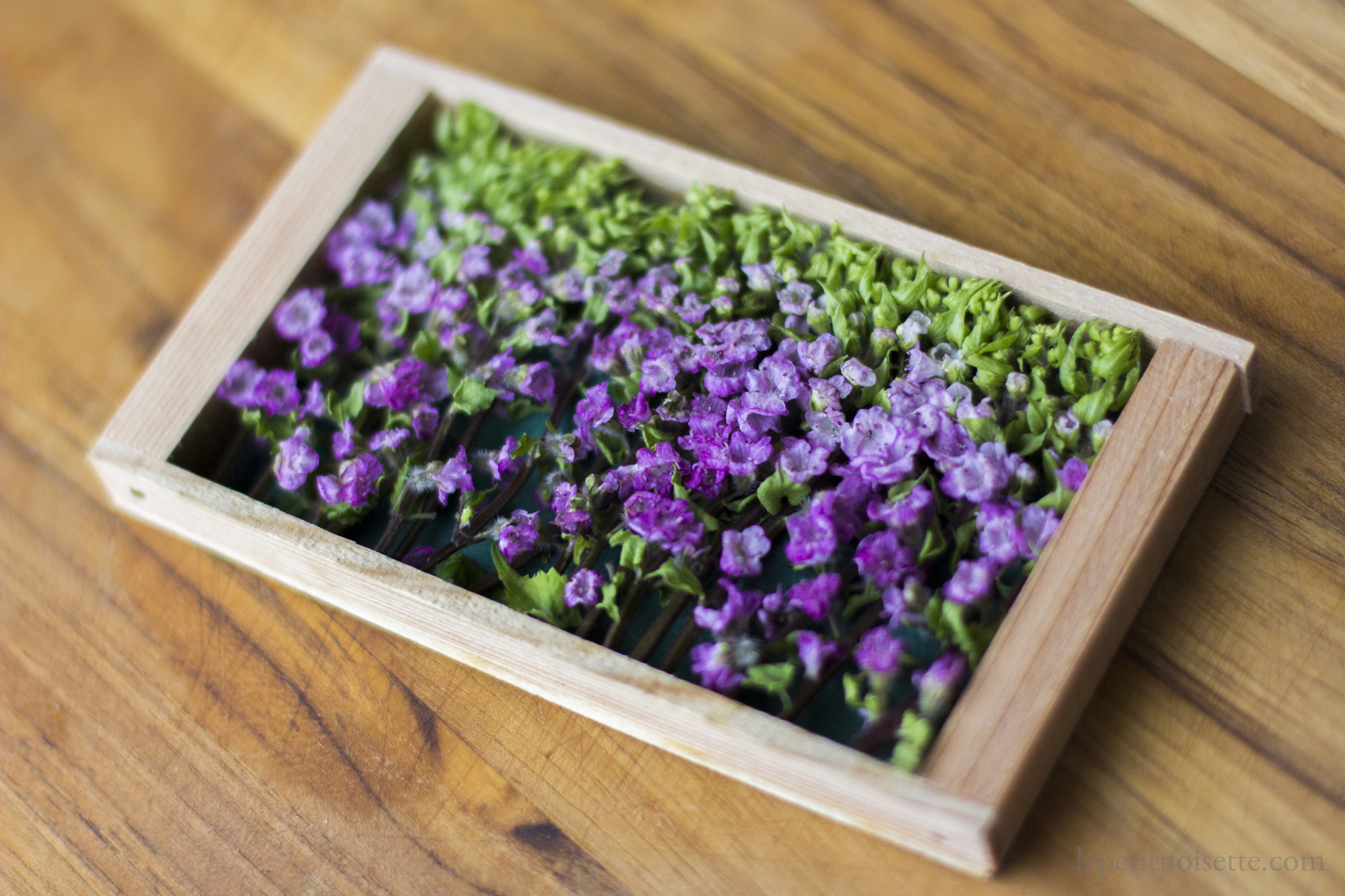Uni Chawanmushi (海栗茶碗蒸し)

Chawanmushi or Japanese steamed egg, is an appetizer that is adapted from Chinese steam egg and thus originates in Nagasaki, where Chinese sailors were allowed to trade with Japan during Japan’s period of isolation from the world. The name chawanmushi literally means steamed (蒸し) in a tea bowl (茶碗) and is thus pretty self explanatory.
Whilst Chawanmushi is typically served plain, more luxurious versions can be topped with Ikura (salmon roe) and Uni (sea urchin). The two main types of sea urchins found in Japan are Bafun Uni (in season in October) and Murasaki Uni (in season in August). The taste of Uni is largely determined by the diet it eats, which is therefore why sea urchin caught in Hokkaido fetch a much higher price tag compared to other places in Japan due to the high quality kelp the sea urchins feed on (compared to shrimp and baby fish elsewhere).
During off season, sea urchins start spawning and therefore the majority of the nutrients and resources the sea urchins have been accumulating are passed on to their younger generation, thus resulting in sea urchins which are lacking in taste. This has the advantage that people do not harvest sea urchins when they are spawning, providing their population sizes a chance to recover. Read more about the different kinds of sea urchins.

In terms of sea urchins from different countries, I personally feel that uni sourced from the United States, particularly in Santa Barbara (California) and Maine and just as high quality as those sourced in Japan. Uni sourced from America is also large in size due to the higher sulphur content found in the oceans there. This, added to the perceived higher quality and thus higher price-tag of Uni from Hokkaido means that American Sea Urchins are probably the best value. Another large scale exporter of Uni is South America, especially from Chile in particular. This being said, Uni that originates from Chile (erizo rojo) tends to have a very strong shellfish taste and regarded by many as inferior in quality.
In terms of processing, most uni sold in wooden boxes in Japan are treated using alum, a chemical that maintains the firmness in texture of the uni as it losses it’s freshness but leaves a slightly undesirably metallic taste. A more advantage technique that is employed now is storing the Uni in a brine that has been deoxygenated and enriched with nitrogen, which slows the degradation of quality considerably without introducing any off flavours.

Uni Chawanmushi
- 1 Large Egg (Around 35g)
- 120ml Dashi
- 1 Shiitake Mushroom
- Enoki Mushrooms
- 1 Prawn
- Mitsuba Parsley
- 4 Gingko Nuts
Sauce:
- 5ml Soy Sauce
- 5ml Mirin
- 3g Sugar
- 20ml Dashi
- 2g Potato Starch or Corn Starch
To Finish:
- Bafun Uni
- Shiso Flowers
- Whisk the egg and dashi stock together before straining to remove the chalazae of the egg white.
- Cut the shiitake mushroom and enoki mushrooms into bite size pieces and devein the prawn. Tie the Mitsuba Parsley into a knot as well.
- Add all the solid ingredients into a medium sized cup and pour over the egg and dashi mixture.
- Cover the cup with clingfilm to prevent water from entering and diluting the cup.
- 3 methods to cook:
- Steam in a steamer for 1 minute on high heat and 7 to 10 minutes on low heat.
- In a pot of barely simmering water for 20 minutes filled up to half the height of the cup used.
- In a container of of hot water filled up to half the height of the cup used in the over at 180°C for 20 minutes.
- To make the sauce, combine all the ingredients and heat gently over low heat until the sauce thickens because of the potato starch.
- Pour the sauce over the Chawanmushi and Garnish with two pieces of Bafun Uni and Shiso flowers.

Notes:
- The strand of egg white which is solid in structure and is attached to the egg yolk is known as the chalazae and is more prominent the fresher the egg.
- When Garnishing with Shiso flowers, it is possible to clap the flower together between your hands to release the aroma of the flower.
- Gingko nuts have a particularly strong taste resembling camembert cheese and can be omitted.
-
Bafun Uni is used because of its more bold flavour profile and bitter end notes which pair well with the dish but of course can be substituted with other kinds of sea urchin roe or outright omitted.